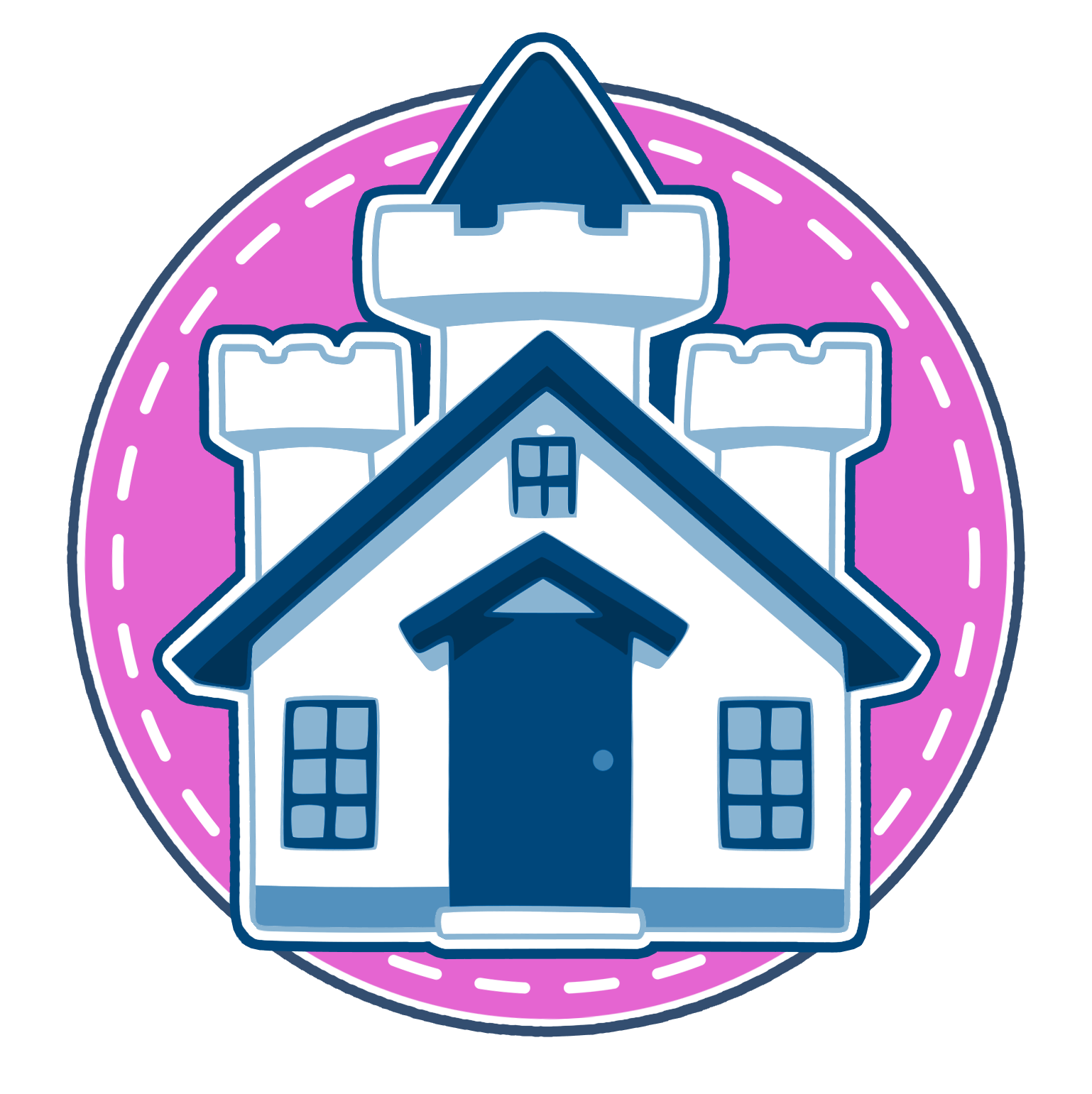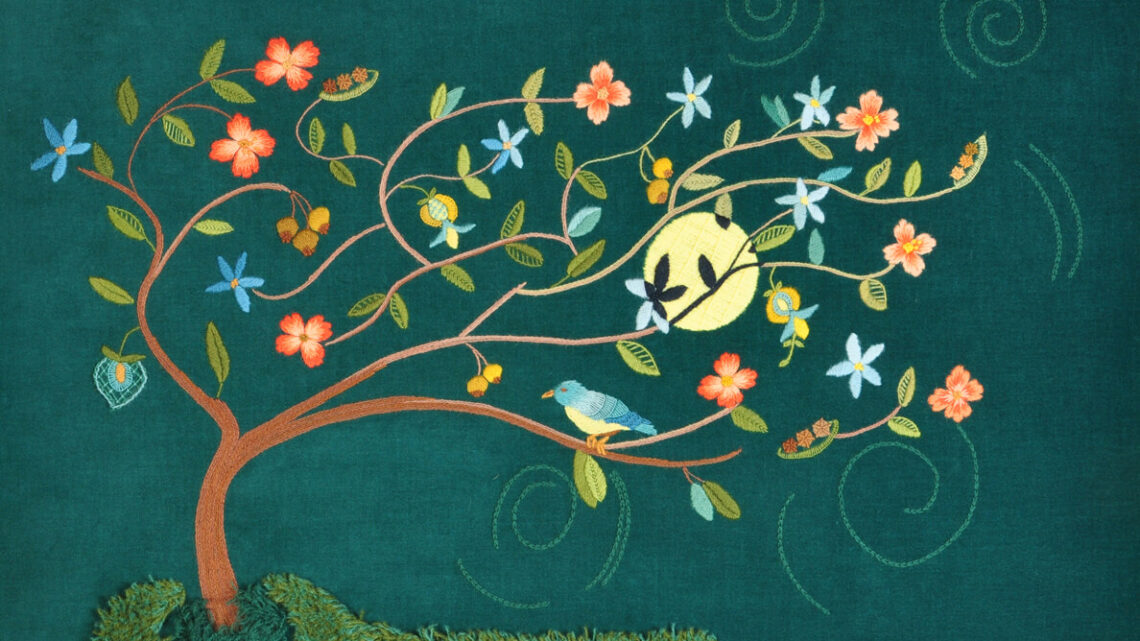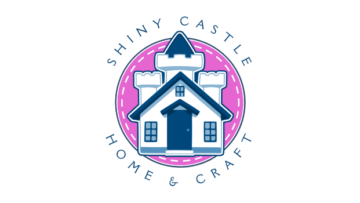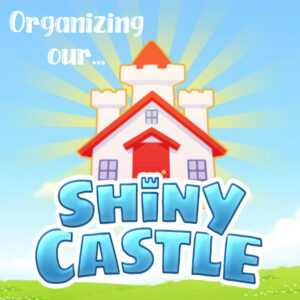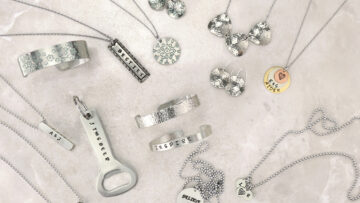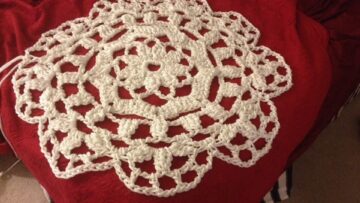Embroidery has a long and varied history dating back to 30,000 BC.
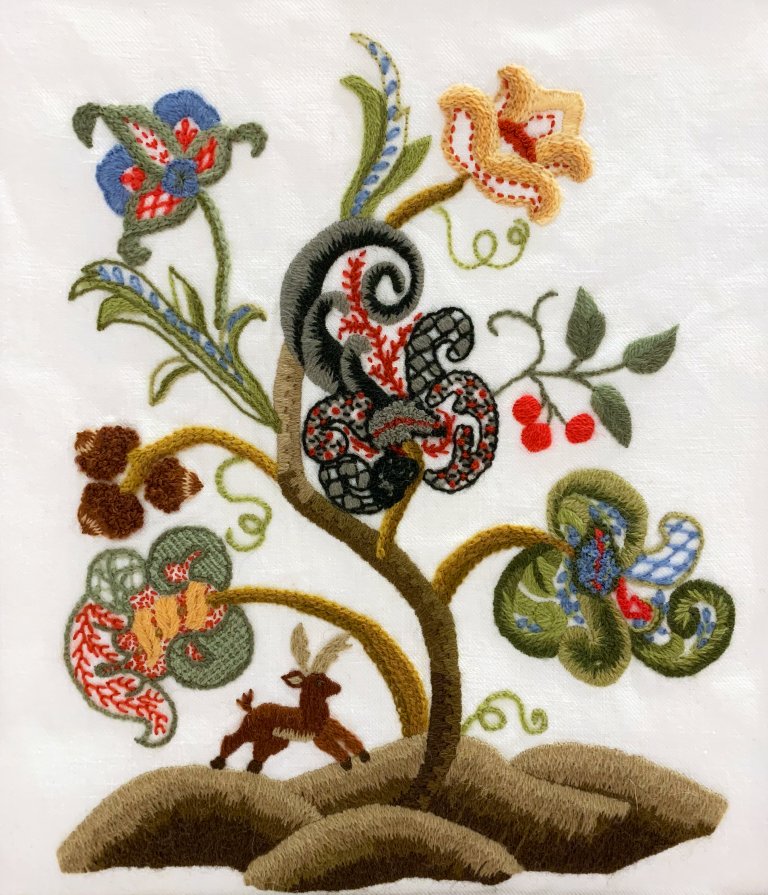
I like how this article explains the 5 main types of embroidery. I have been embroidering since I was a kid and wasn’t aware of some of them. Initially, we will be focusing on crewel embroidery… but there are several other common types, including Cross stitch that we will likely explore later.
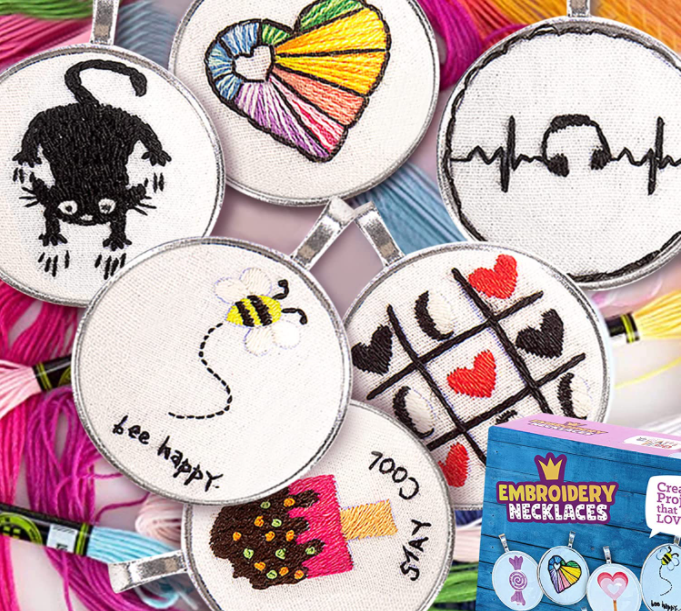
I love starting with a simple and small embroidery project like this one. I feel with any new craft, it is easier to start with something small, that can be completed in a short amount of time. By the time you finish, you will know what mistakes to avoid next time, and if you don’t like it, you haven’t invested too much time or money.
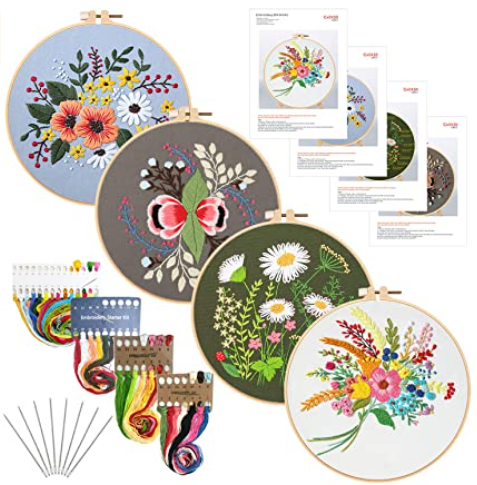
Sets like this one are a good next step if you want to explore further, since it challenges you to try different stitches and techniques but is still a small enough size not to be overwhelming. There will be plenty of time to take on giant tapestries once you have mastered the basics.
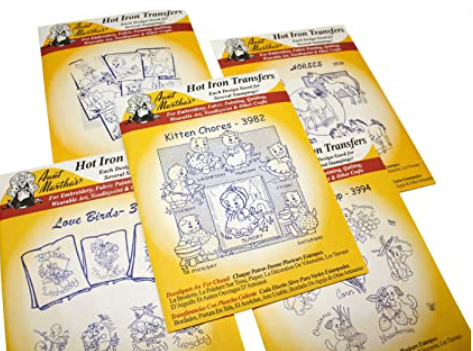
I remember when I was a kid, we had packets transfers like these. You would iron them onto fabric then stitch over them with thread. Today you can find much more current, interesting and fun designs. I have several books iron-on designs, and each design can be used multiple times.
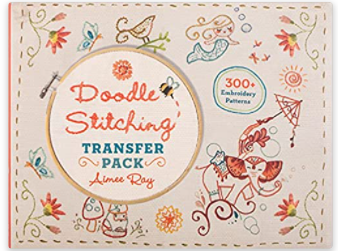
Embroidery can really add a personal touch to handmade items. It really creates a real custom look while adding texture as well. In the dresses below, I love how these cherries, animals, and floral elements really pull the designs out of the busy fabric and make them feel a bit more special. I believe these images were found in this book.
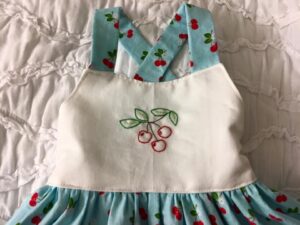
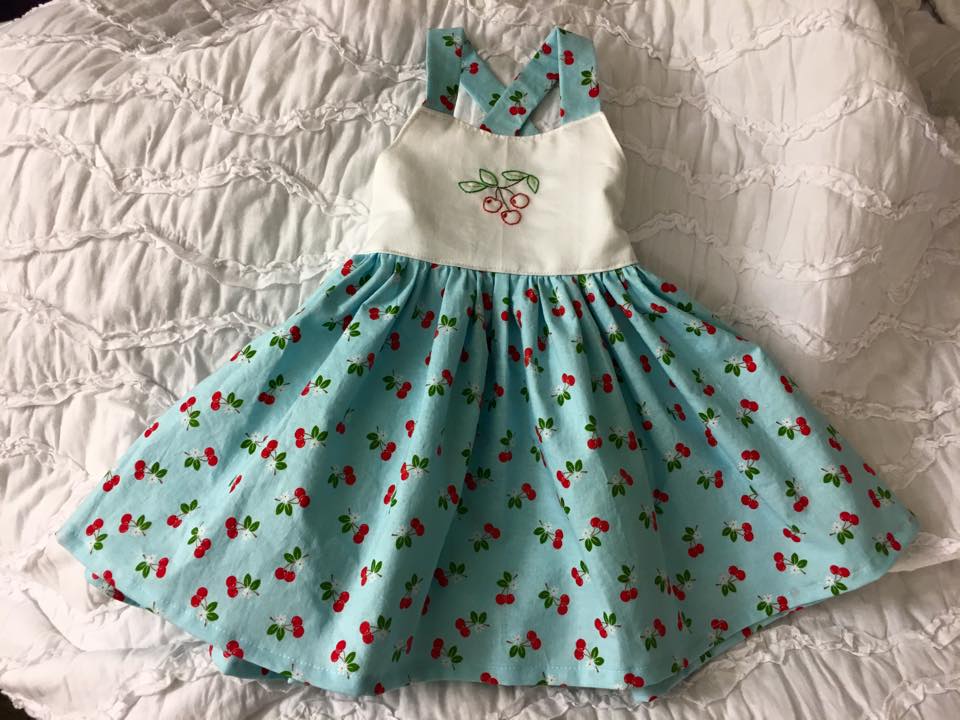
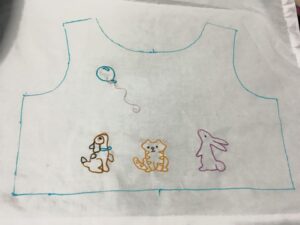
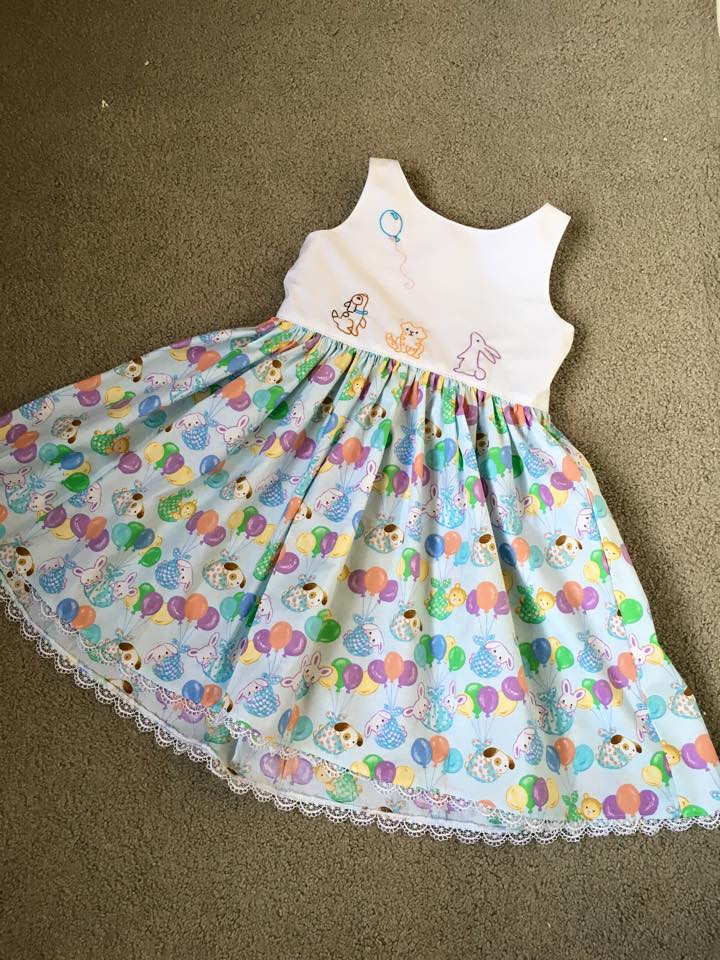

You are not limited to just what you can find in books though. These images were just traced from coloring book images found online. I traced them onto fabric using a special fabric marker that disappears when washed. I love that you can stitch things that you could never find in stores, making very unique items.
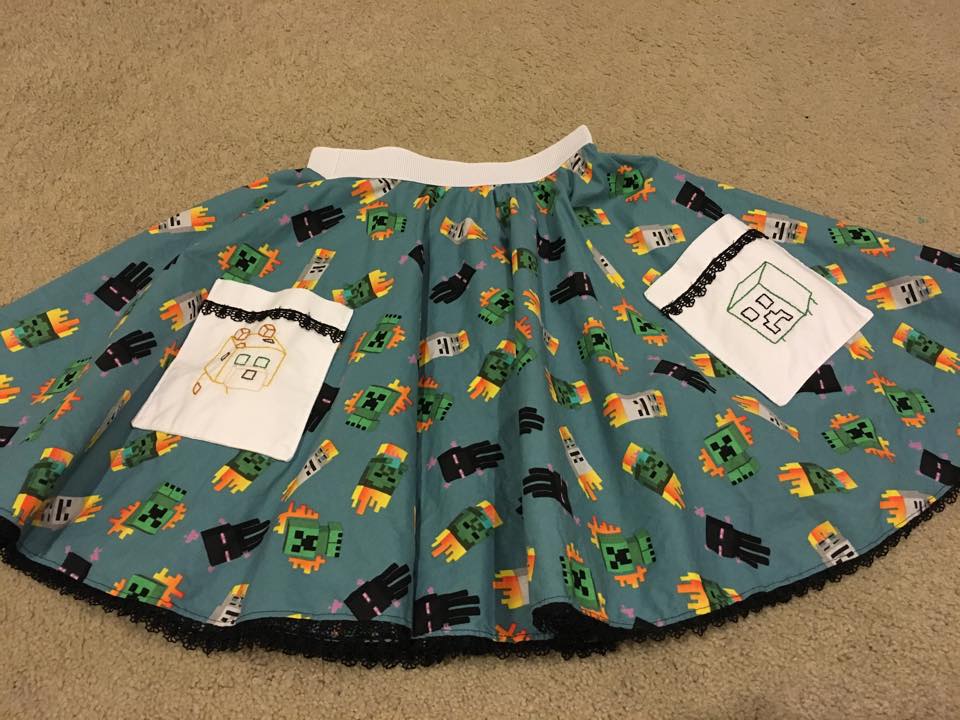

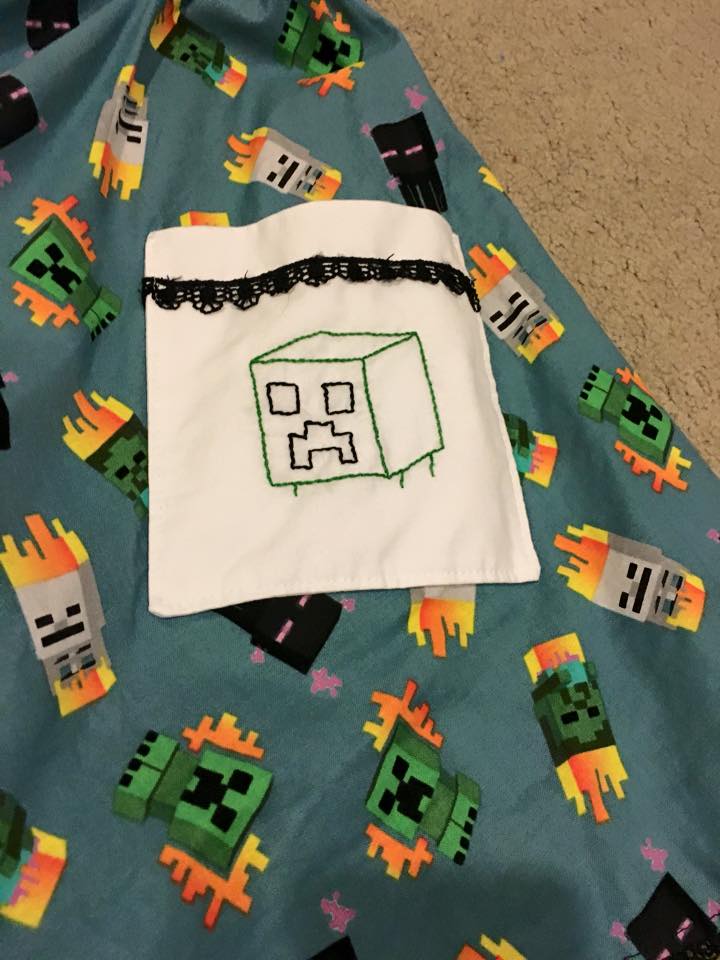
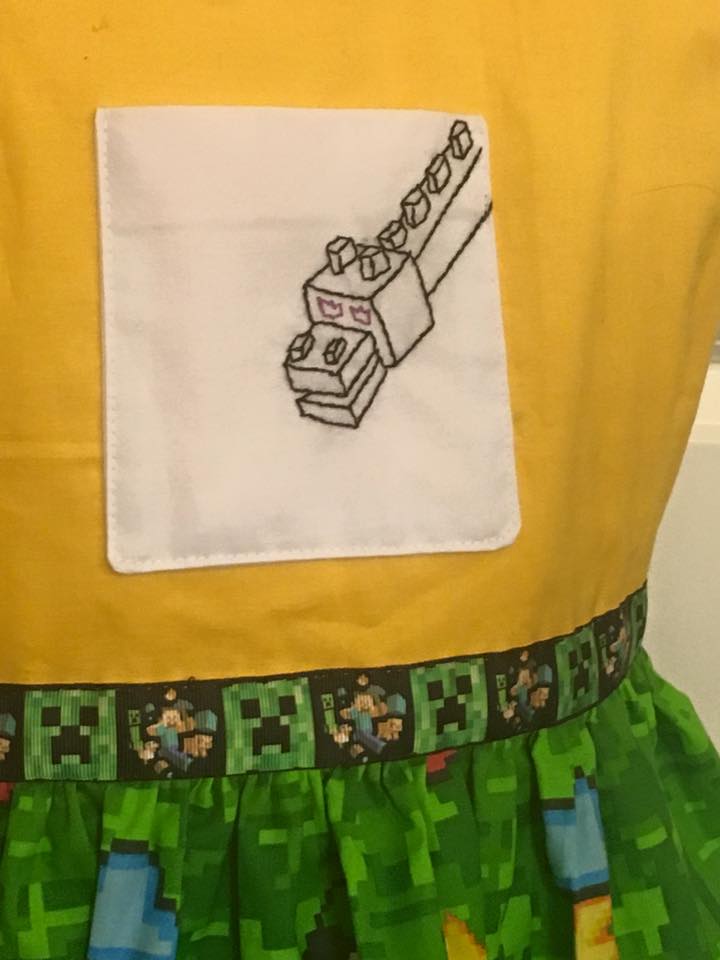
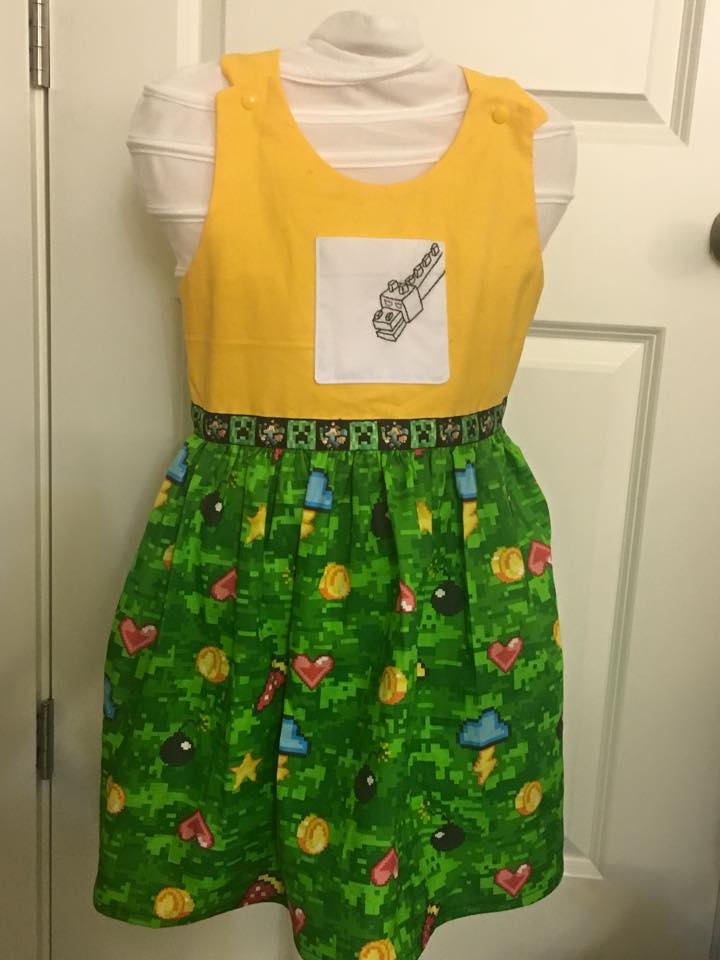
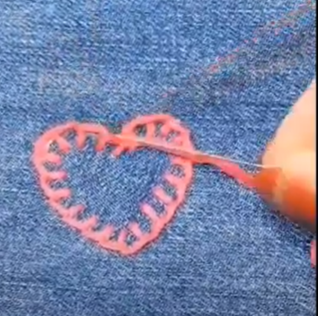
…and lets not forget that embroidery can be used to patch holes in fabric and knits too. I find the youtube repair videos quite mesmerizing.
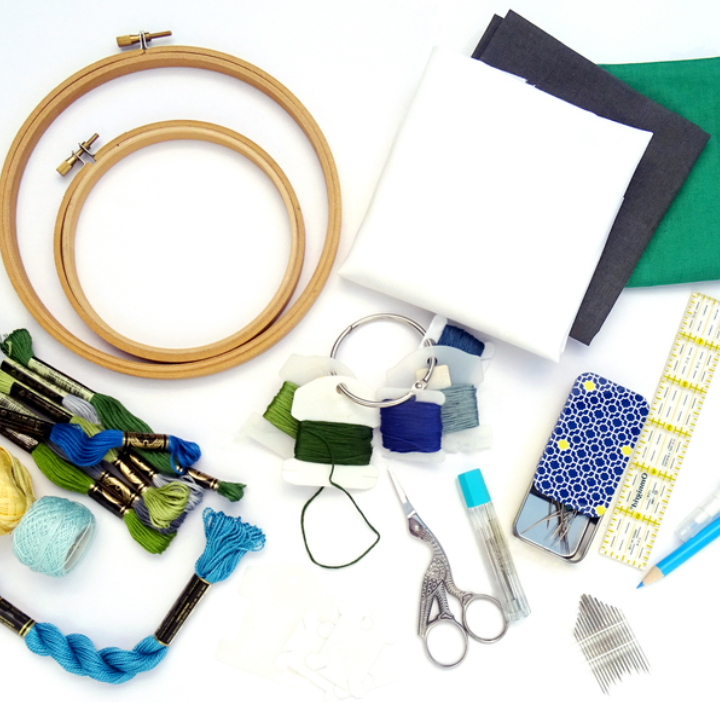
Supplies
I found Wandering Threads Embroidery to be a great resource for what supplies you need to get started, but here is a basic list:
- Fabric
- Embroidery Floss
- Embroidery or Crewel Needles
- Embroidery Hoops
- Scissors
- Fabric Marking Pens or Iron-on transfers
- (Optional) Organization Tools & Lighting
Instructions
- Transfer your design to the fabric (instructions)
- Put the fabric in the hoop (instructions)
- Prepare your needle & thread (instructions)
- Start and end your stitching (instructions)
- Basic outline stitches (instructions and a free pattern)
- Other stitches
Feel free to join our facebook group for ideas, or to share your finished projects. I hope you enjoy creating something unique for yourself. Reach out to me if you have questions, need ideas, or want to join me for crafting (in the Seattle area or virtually).
